Space
Sign up for our newsletter
We summarize the week's scientific breakthroughs every Thursday.
-
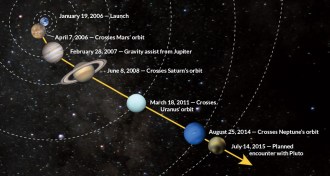 Planetary Science
Planetary ScienceRendezvous with Pluto
Earth will get its first good look at Pluto and its five known moons when New Horizons sails past on July 14.
-
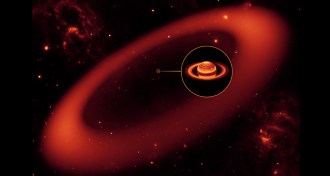 Planetary Science
Planetary ScienceSaturn’s widest ring measured
Saturn has an invisible belt that's nearly 270 times as wide as the giant planet, researchers report.
-
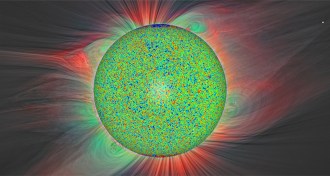 Astronomy
AstronomySome of sun’s magnetic fields may act more like forests
A swaying forest of mangrovelike magnetic fields on the sun could be the answer to why the solar atmosphere is millions of degrees hotter than the surface.
-
 Planetary Science
Planetary ScienceWISE satellite measures girth of Saturn’s widest ring
Saturn’s dark, outermost ring is about 270 times as wide as the planet itself.
-
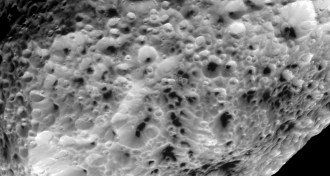 Planetary Science
Planetary ScienceCassini gets last look at Saturn’s spongy satellite Hyperion
The Cassini spacecraft buzzed Saturn’s spongy moon Hyperion for the final time and sent back more pictures of this odd little satellite.
-
 Planetary Science
Planetary SciencePluto’s four littlest moons probably born in a crash
On the eve of the arrival of the New Horizons spacecraft, Pluto’s tiny moons hint at a common origin.
-

-
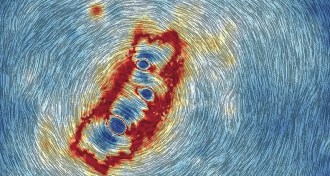 Astronomy
AstronomyCosmic superlens gives telescopes a boost
A map of galaxy cluster Abell 2744 unveils how gravity magnifies and smears images of far more distant galaxies.
-
 Astronomy
AstronomyIn another universe, free-range planets could host life
If other universes exist, then those with denser galaxies might harbor a larger fraction of habitable worlds.
-
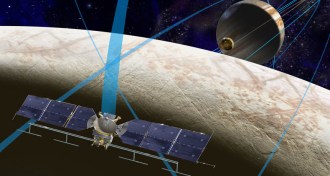 Planetary Science
Planetary ScienceNASA picks nine instruments for future mission to Europa
NASA has selected nine instruments to fly on a future spacecraft to Jupiter’s ice-covered moon Europa.
-
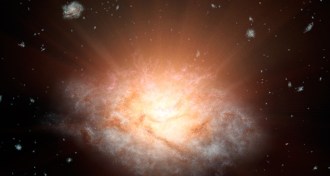 Astronomy
AstronomyBrightest galaxy discovered
The brightest known galaxy is about 350 trillion times as bright as the sun, and a supermassive black hole is to blame.
-
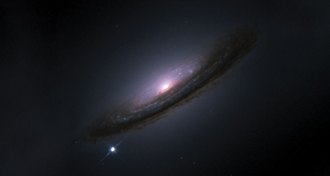 Astronomy
AstronomyPeeks into early life of supernovas show how to blow up a star
Multiple supernovas show off some of the ways a star can explode.